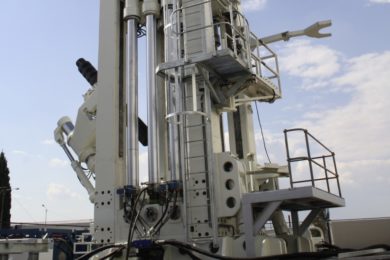Callidan Instruments, with help from Moscow based Instrumentation Company Konvels, has introduced its MoistScan® online microwave moisture technology to a wide range of industries in Russia. Many gauges have been purchased for online moisture analysis and control, with applications including iron ore, coal concentrate and mineral salts.
Breaking into the Russian market has not been easy according to the company. Online moisture analysis is a relatively new technology for Russia. A major component of Callidan’s marketing strategy has been educating industries on the benefits of being able to measure moisture on a continual basis in real time and using this info to improve productivity and processing efficiency. It also involved complying with stringent quality, health and safety requirements specific to Russia. This required MoistScan to achieve certification for quality and safety under Russia’s stringent industry certification process.
Some examples of MoistScan applications in Russia include:
- A number of MoistScan MA-500 online microwave moisture analysers purchased by a large salt mining and mineral processing company. The analysers are employed on a multiple-feed rotary kiln dryer to measure the moisture of various mineral salt derivations. The data from the analysers is used in a feed-forward control loop to regulate the resident time of the material in the dryer.
- Several other MoistScan sensors are being used to measure the moisture in a halite dump so as to avoid hold-ups in the chute as the material enters the dump.
- A large coal processing company has purchased a number of MoistScan meters to measure the moisture in coal concentrate products from a bank of horizontal belt filters. The moisture data from the analysers is used to assess the performance of the belt filters. Manual adjustments to the vacuum pressure are made based on the moisture reading.
MoistScan online moisture analysers transmit a microwave signal through 100% of the material. By measuring changes in the strength and velocity of the signal the percentage moisture is accurately determined.









